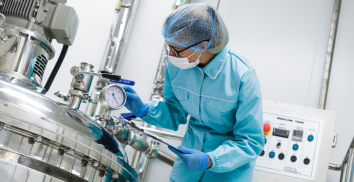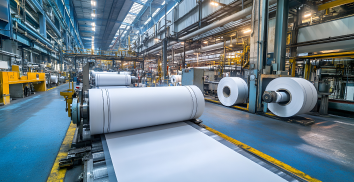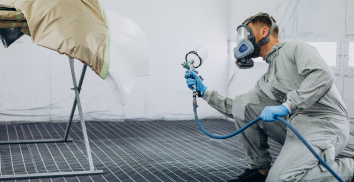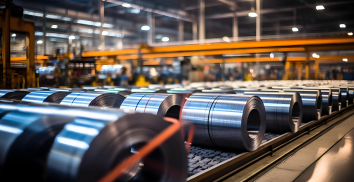Types of Sample Valves
Ms. Claire worked in a biotech company as a quality control manager. In her job role, she faced several challenges in maintaining product consistency
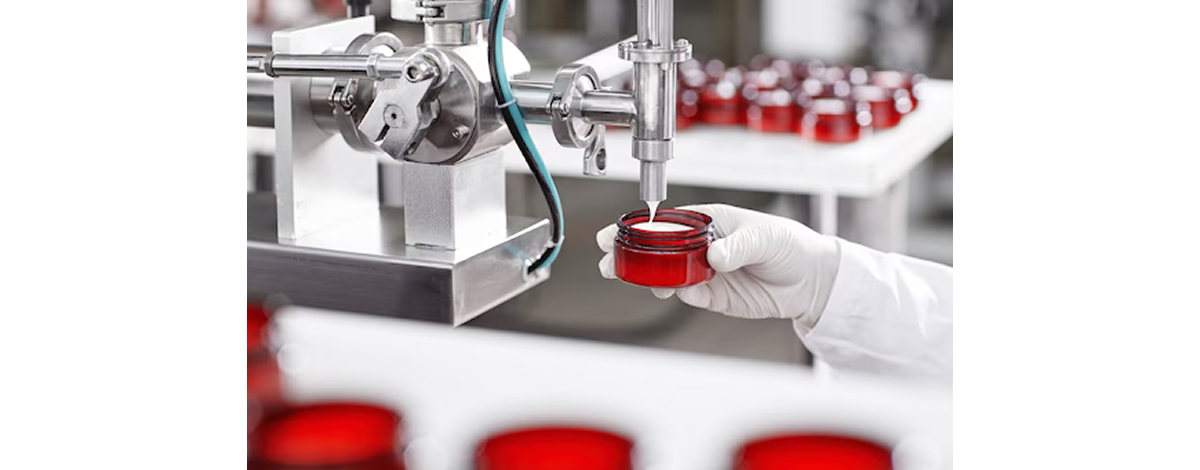

By Charles Pandian
Ms. Claire worked in a biotech company as a quality control manager. In her job role, she faced several challenges in maintaining product consistency. She started to search for solutions online, and that’s when she learnt about Jetspray’s innovative solutions for product sampling.
In this blog, we discuss the sampling valves and the smart alternative to the same.
What are Sampling Valves?
Sampling valves are valves which are designed especially to be installed on tanks, pipelines, reactors, or vessels to ease the sampling process. They are used to withdraw liquids, gases, or slurry samples from the system without interrupting its flow. Sampling valves help maintain the integrity of the product’s quality and sterility.
Besides monitoring the product quality during the manufacturing stages, it is also used to check for contamination and consistency. These valves allow compliance with the regulatory standards in industries such as pharma, food & beverage, chemical, and biotech.
Types of Sampling Valves
With a sampling valve, you gain better control over your manufacturing process. There is a variety of sampling valves suitable for various methods and purposes. The type of sampling valve you choose directly impacts the reliability of the process, cleanliness, and regulatory compliance.
Here is a list of the most commonly used sampling valves in the industry:
1. Manual Sample Valve:
These are the most common types of valves used for sampling. As the name suggests, it is operated by hand using a lever, knob, or a wheel to draw a sample. The valve is opened and closed manually as required. It is a simple and cost-effective method, used for sampling in small- to medium-scale plants. Since these valves need to be handled manually, it is better to opt for them when the sampling frequency is low.
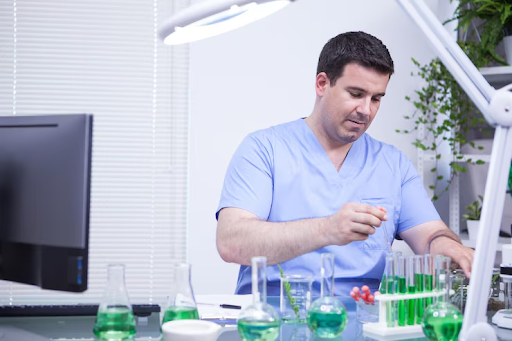
2. Automatic Sample Valve:
An automatic sample valve is controlled via a PLC (Programmable Logic Controller), making it an automated system that can be timed or conditioned for sampling. With an automatic sampling valve, you can reduce manual errors and ensure consistent and repeatable sampling in a hassle-free way. Since the automated sampling valve can be integrated with the quality monitoring systems, it is best suited for industries that require continuous sampling in sterile environments. It is the widely used sampling system in the pharma and chemical industry.
3. In-Line Sampling Valve:
An in-line sampling valve is something that is directly installed within a pipeline so that samples can be taken from the flowing process stream without any disruption. It allows for real-time sampling without the need to stop the process. This sampling system can be either manually operated or automated.
An In-Line Sampling Valve is typically used in water purification and the beverage industry.
4. Pressure-Relief Sample Valve:
As indicated by the name, this valve is specifically designed to relieve excess pressure while simultaneously allowing the sample to be drawn. It is mainly used in vessels and reactors that are operated under high pressure.
Since these valves handle high pressure, they have a built-in safety mechanism that prevents sudden discharge or buildup of hazardous pressure. These valves are typically made of corrosion-resistant alloys to hold the steam, chemicals and other gases.
5. Pneumatic Sample Valve:
A Pneumatic Sample Valve is operated using compressed air. It can be opened and closed through pneumatic actuators and is mostly used in environments requiring remote or automated control. When it is integrated with control panels and sensors, its operation can be controlled using a remote or automated control, well-suited for handling in hazardous or hard-to-reach environments.
A pneumatic sampling valve is mostly used to draw samples in explosive or high-temperature zones.
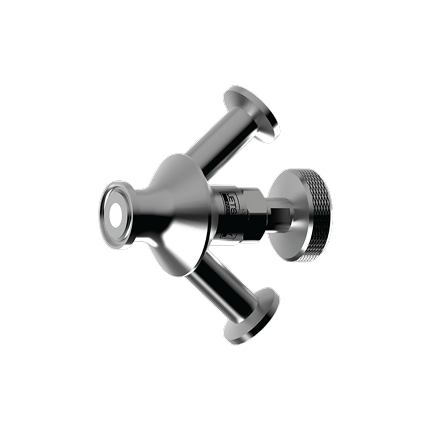
6. Sampling Port:
A Sampling port is not a valve technically, but it is used for the same purpose in a much more compact and economical form. It is a static access point, allowing samples to be withdrawn via a syringe, a sampling adapter, or a probe. These ports are essential to sample in an environment where strict hygiene standards must be maintained.
Jetspray designs durable and easy-to-integrate sampling ports for precision and contamination-free sampling. Our sampling systems have a user-friendly design that can be easily cleaned without requiring dismantling.
Pros and Cons of Each Type
Like every coin has two sides, every sampling valve has pros and cons, which must be weighed carefully before investing in one. Here are the pros and cons of every valve:
1. Manual Sample Valve:
A Manual sampling valve has a simple design and is easy to operate. As it requires minimum maintenance efforts, it is highly cost-effective. But, because it depends on manual operation, it has a higher risk of contamination and inconsistent sampling.
2. Automatic Sampling Valve:
As the valve can be programmed to draw samples automatically, it produces consistent results and avoids human errors. Installing an automatic sampling valve is costly, and due to PLC integration, it requires technical expertise.
3. In-Line Sampling Valve:
Its primary advantage is direct sampling from the pipeline. But it is difficult to clean and maintain, and requires precise installation.
4. Pressure-Relief Sampling Valve:
Since it combines pressure regulation with sampling, it improves safety in high-pressure systems. As these valves are more expensive, they are used only for specific high-risk applications.
5. Pneumatic Sampling Valve:
Though it requires a regular supply of air and the pneumatic components must be regularly maintained, it is useful to withdraw samples in a hazardous environment.
6. Sampling Port:
A sampling port is affordable with a minimalist design and is ideal for the pharma and biotech industries. Sampling ports offer an advantage over typical sampling valves, including easy cleaning and being highly hygienic. The sampling ports designed by Jetspray reduce downtime delays and ensure efficient sampling with every use.
Use Cases of Sampling Valves
Sampling valves are used in several industries for the following purposes:
1. Pharma and Biotech:
Besides handling aseptic sampling, it is used to monitor microbial contamination and maintain GMP standards. Sampling valves are usually installed on fermenters, bioreactors, and cleanroom pipelines.
2. Food and Beverage:
For routine sampling to check the taste, colour, and microbial load. They help to withdraw samples to maintain hygiene and reduce any risk of contamination.
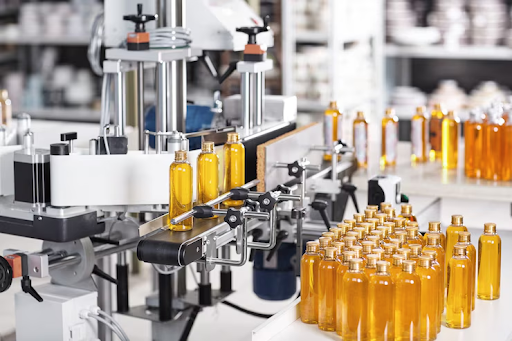
3. Chemical and Petrochemical:
To sample hazardous or corrosive fluids under pressure. The sampling valves are installed on the reaction vessels, storage tanks, and high-pressure pipelines.
4. Water and Wastewater Treatment Plants:
Sampling Valve is used to monitor water quality parameters, including TSS, TDS, pH, chemical concentration, and more.
5. Cosmetics and Personal Care Product Manufacturing:
The sampling valves ensure consistency in the texture and form of the products across the batches. It helps detect any deviation from the desired quality at the early stages of the manufacturing process.
ACE the Game of Precision and Accuracy with Jetspray
As we reach the end of this discussion, we highlight the importance of precision and accuracy required for a perfect sampling system. At Jetspray, we offer sampling ports for: ANFDs, RCVDs, Reactors, FBD Bowl, Blenders, Bins, Autocoaters, Small Vessels, and Process Piping.
Visit our website for more information today!
Share on
Tags: Product Sampling


.png)

